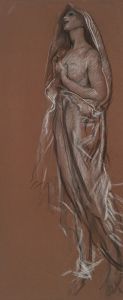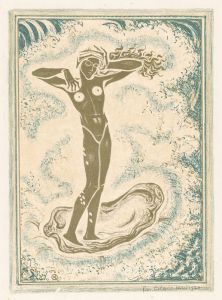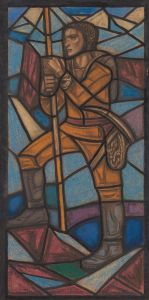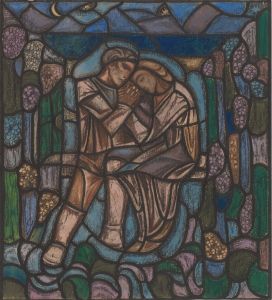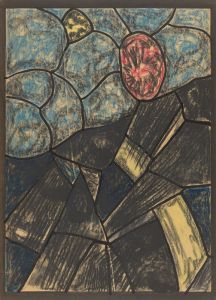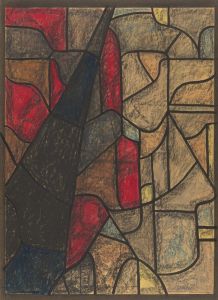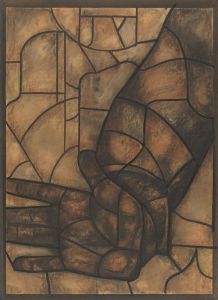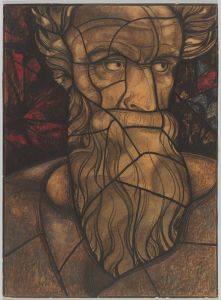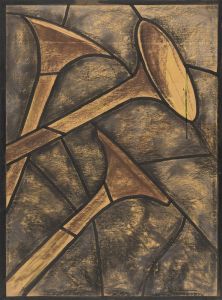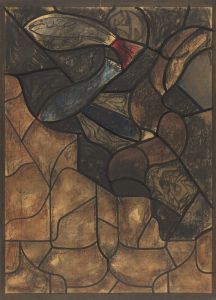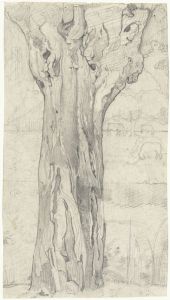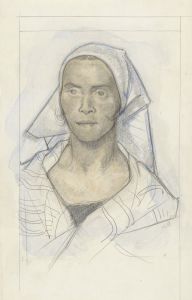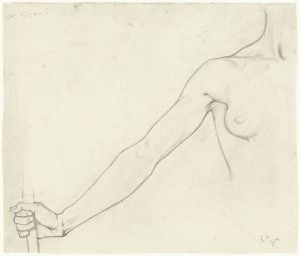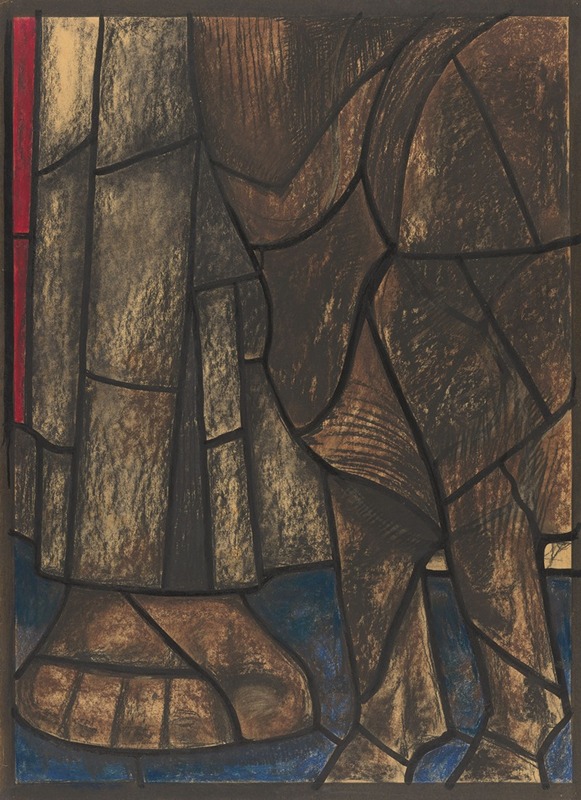
Ontwerp voor raam in het Noordertransept in de Dom te Utrecht 24
A hand-painted replica of Richard Nicolaüs Roland Holst’s masterpiece Ontwerp voor raam in het Noordertransept in de Dom te Utrecht 24, meticulously crafted by professional artists to capture the true essence of the original. Each piece is created with museum-quality canvas and rare mineral pigments, carefully painted by experienced artists with delicate brushstrokes and rich, layered colors to perfectly recreate the texture of the original artwork. Unlike machine-printed reproductions, this hand-painted version brings the painting to life, infused with the artist’s emotions and skill in every stroke. Whether for personal collection or home decoration, it instantly elevates the artistic atmosphere of any space.
"Ontwerp voor raam in het Noordertransept in de Dom te Utrecht 24" (Design for a Window in the North Transept of the Dom Church in Utrecht 24) is a work by the Dutch artist Richard Nicolaüs Roland Holst (1868–1938). Roland Holst was a prominent figure in the Dutch art world during the late 19th and early 20th centuries, known for his contributions to the Symbolist movement and his work as a designer, painter, and writer. He was particularly recognized for his stained glass designs, which combined artistic innovation with a deep respect for traditional craftsmanship.
This specific work is a design for a stained glass window intended for the north transept of the Dom Church (Domkerk) in Utrecht, one of the most significant Gothic churches in the Netherlands. The Dom Church, originally built as a Roman Catholic cathedral, became a Protestant church following the Reformation in the 16th century. Over the centuries, the church has undergone various restorations and renovations, during which stained glass windows were often replaced or redesigned to reflect changing artistic and religious sensibilities.
Roland Holst's design reflects his characteristic style, which often incorporated allegorical and symbolic elements. His work was influenced by the Arts and Crafts movement and the ideals of the Amsterdam School, emphasizing harmony, craftsmanship, and the integration of art into architecture. The design likely features intricate patterns, figures, and motifs that align with the spiritual and historical context of the Dom Church.
While the exact details of this specific design are not widely documented, Roland Holst's stained glass works are generally celebrated for their vibrant use of color, dynamic compositions, and the ability to convey profound narratives through visual art. His designs often drew inspiration from biblical themes, mythology, and nature, aligning with the spiritual purpose of the spaces they were created for.
It is unclear whether this particular design was ever realized as a completed stained glass window in the Dom Church. However, Roland Holst's contributions to Dutch stained glass art remain highly regarded, and his works can be found in various churches and public buildings across the Netherlands.
Further research into archival materials or specific studies on Roland Holst's stained glass designs may provide additional insights into this work and its intended role within the Dom Church.





